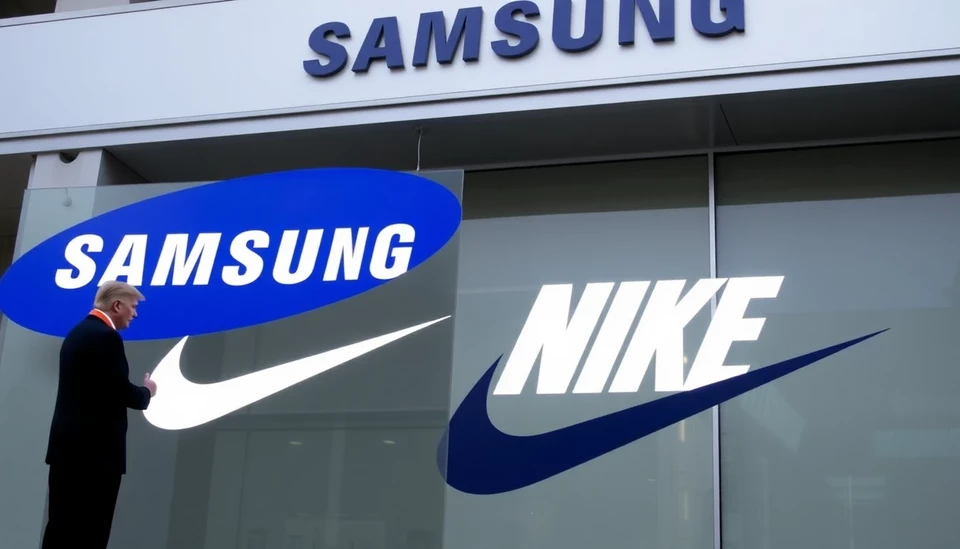
In a significant turn of events, Nike's three-decade investment in Vietnam is becoming precarious as the ramifications of the Trump administration's tariffs loom larger. The sporting goods giant, which has relied heavily on Vietnamese manufacturing for its footwear and apparel, is now grappling with the potential spike in costs that could affect its global supply chain. This transformative challenge stems from a broader trade policy by the U.S. government, focused on China but impacting several nations, including Vietnam.
For years, Nike has cultivated a robust relationship with Vietnam, making it the company's primary production hub outside of China. The collaboration has facilitated the growth of a vital manufacturing network, providing jobs for hundreds of thousands and accounting for a substantial portion of Nike's output. However, as the U.S.-China trade war escalates, the footwear titan finds itself in a precarious position; the risks associated with tariffs are becoming increasingly evident.
As of now, President Trump's administration has imposed a range of tariffs on Chinese imports, causing companies like Nike to rethink their strategies. While the current administration has hinted at the possibility of extending tariffs to countries that have benefitted from U.S. manufacturing shifts, the implications of such moves leave Nike in a state of limbo.
The company's reliance on Vietnam's economically favorable landscape has paid off in many respects. The country has offered competitive labor costs, a youthful workforce, and a favorable trade agreement with the U.S. Nevertheless, this situation is complicated as tariff instabilities threaten to inflate manufacturing costs, denting Nike's profit margins.
Industry analysts are closely observing how Nike navigates these turbulent waters. Some experts argue that Nike might need to diversify its production locations further or invest in automation to mitigate impending cost hikes. Additionally, internal decisions may need to be made to either absorb the increased costs or pass them onto consumers, a move that could impact pricing strategies in the highly competitive athletic wear market.
While the immediate focus appears to be on tariffs and production shifts, the long-term ramifications of these trade policies could alter the landscape of global manufacturing. The future stability of Nike's operations in Vietnam will increasingly depend on negotiations, the evolving political climate, and the ongoing impacts of international relations.
As Nike ventures forward, the company is taking a strategic approach, assessing the potential impacts of tariffs on its supply chain while continuing to invest in its relationships within Vietnam. The complexities of navigating a disrupted global market necessitate innovation and foresight to maintain its position as a market leader.
In summary, while Nike's long history in Vietnam has established a solid foundation, the looming uncertainty driven by sweeping tariffs presents a formidable challenge that could reshape its future operations. The world will be watching to see how this iconic brand steers its way through these unchartered territories.
#Nike #Vietnam #Tariffs #TradeWar #GlobalBusiness #SupplyChainChallenges #Manufacturing #RetailIndustry
Author: Victoria Adams




